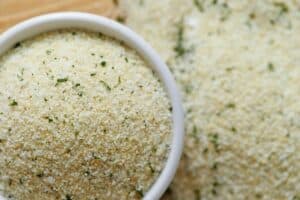Sweet Hungarian paprika is a variety of “Capsicum Anoom,” or simply chili pepper, but unlike its famous cousin, it’s not very spicy. It’s one of the most popular spices around the world.
If you’ve run out of Hungarian sweet paprika and need a fast replacement or are looking for different varieties, we’ve got you covered.
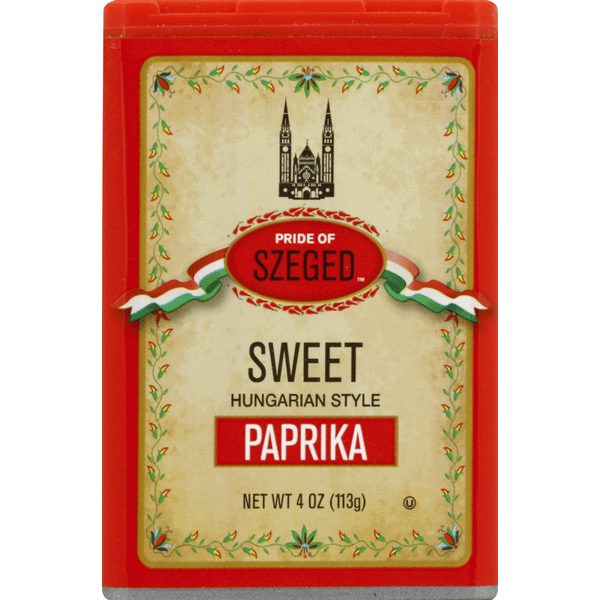
Sweet Hungarian Paprika Alternatives
Basic Paprika
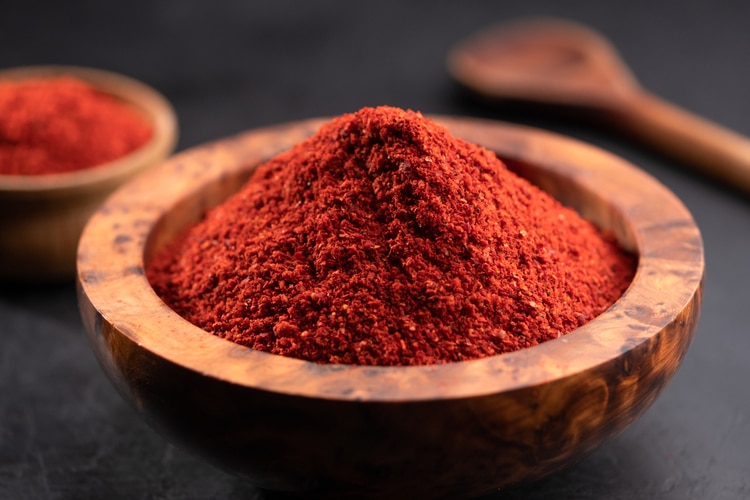
Paprika can serve as a stand-in for sweet Hungarian paprika. In terms of flavor, it’s safe to assume that the paprika you buy at the grocery store—the one with only “Paprika” printed on the front — will be mild, like sweet Hungarian paprika.
However, basic paprika lacks the original’s potency, so you might need to use more of it.
Sweet paprika can be used to season and garnish eggs, mashed potatoes, and salads since its color is just as vivid as Hungarian sweet paprika’s.
Spanish Paprika
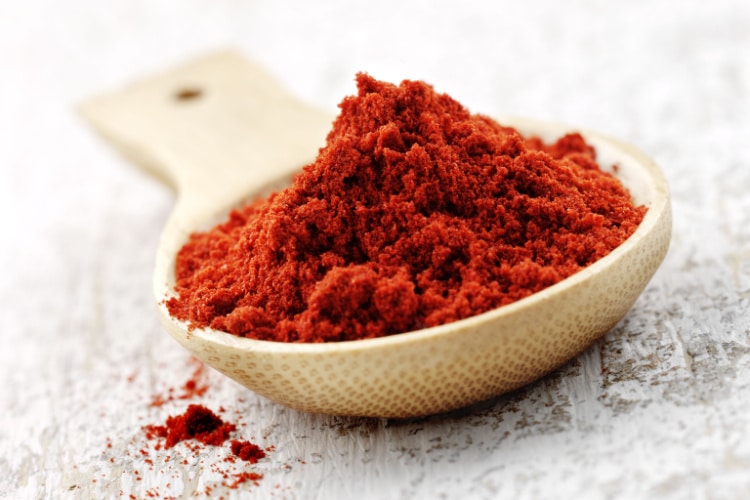
Spanish paprika — also known as pimentón — is typically made with smoked peppers, giving it a deeper, smokier flavor than the Hungarian variety.
Spanish paprika can be sweet, bittersweet, or hot depending on the combination of peppers it’s made from. Not all Spanish paprika is smoked, but the varieties available in grocery stores usually are.
Spanish paprika is used in various stewed, roasted, and boiled dishes.
One recipe that includes Spanish paprika is sofrito — a sauce made of olive oil, vegetable, and smoked paprika. It’s a popular choice for adding flavor to jambalayas and paellas.
Cayenne Pepper
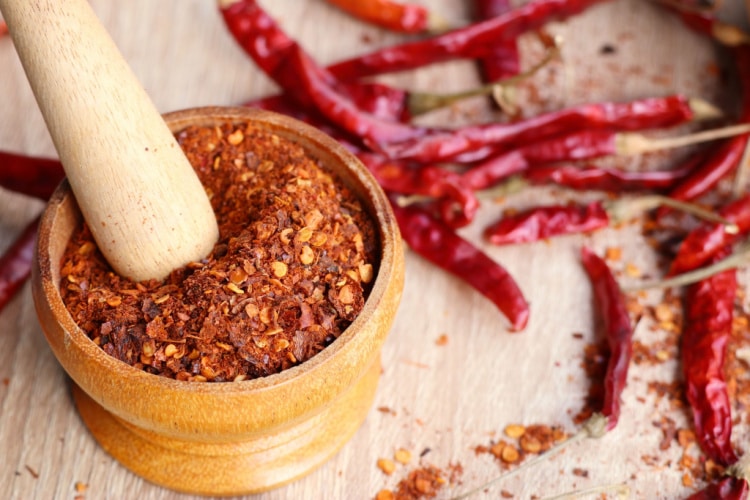
Cayenne pepper smells and feels like sweet Hungarian paprika. It’s an alternative that will add color to any dish.
However, use less of it because it can be way hotter than paprika. To put it another way, pinch it! That should be enough.
You can combine it with other ingredients, such as sugar, honey, and cream, to reduce its heat.
This spice lends your dishes moderate heat. It’s frequently used in veggie soups like carrot soup and bell pepper soup. It’s also a prominent spice in stews like chicken or beef stew.
More on cayenne pepper:
- Cayenne Pepper vs Red Pepper – What is the Difference?
- Cayenne Pepper Substitute: 5 Common Alternatives to Use
Red Pepper Flakes
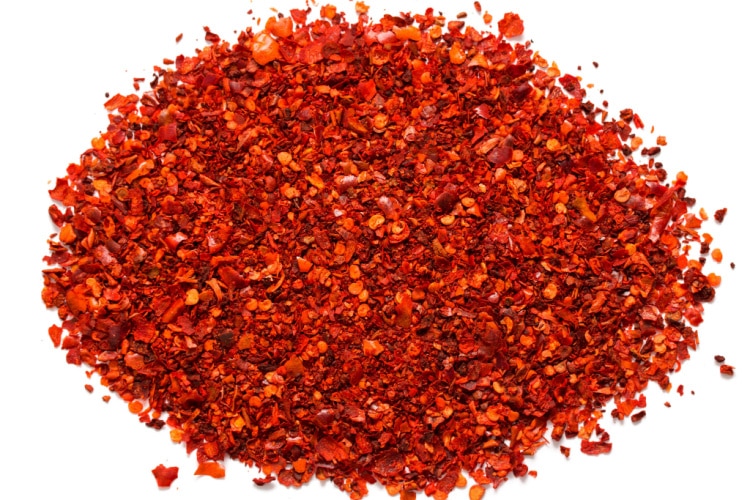
Red pepper flakes are a practical and tasty alternative to sweet Hungarian paprika.
Generally speaking, red pepper flakes taste a little bit hotter than paprika. Use red pepper flakes sparingly when you’re using them as a substitute for the sweet Hungarian variety. Start with half a teaspoon and add more to taste — a little goes a long way.
Use this alternative in sauces, meat stews, or tomato soup. It’s ideal for seasoning roasted veggies, meat, or fish. You can also use it as a garnish on avocado egg toast. Red pepper flakes can also be mixed with other seasonings to create flavorful spice blends.
Garlic Powder
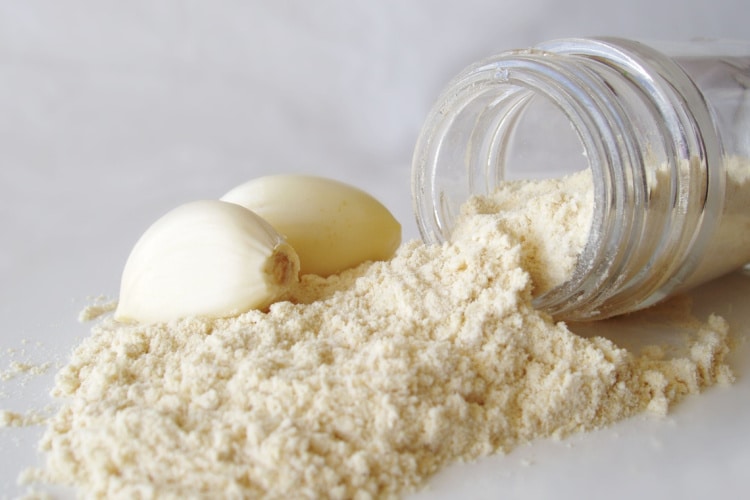
We suggest using granulated garlic or garlic powder as an alternative to paprika because of its rich flavor and unique aroma. This condiment is typically created by drying the garlic and pulverizing it into a powder or granules.
The flavor profile of garlic powder has a touch of both sweetness and spice. When compared to sweet Hungarian paprika, garlic powder is more potent. Make sure to use it sparingly, as many people find garlic overpowering.
Garlic powder is unparalleled in its versatility. It adds flavor to sauces and marinades, including mayonnaise, tomato ketchup, gravy, salad dressing.
It’s also a great seasoning for stews, pasta, potatoes, and roasted vegetables. Garlic powder may be sprinkled on bread to create classic favorites like garlic toast and garlic bread.
Black & White Pepper
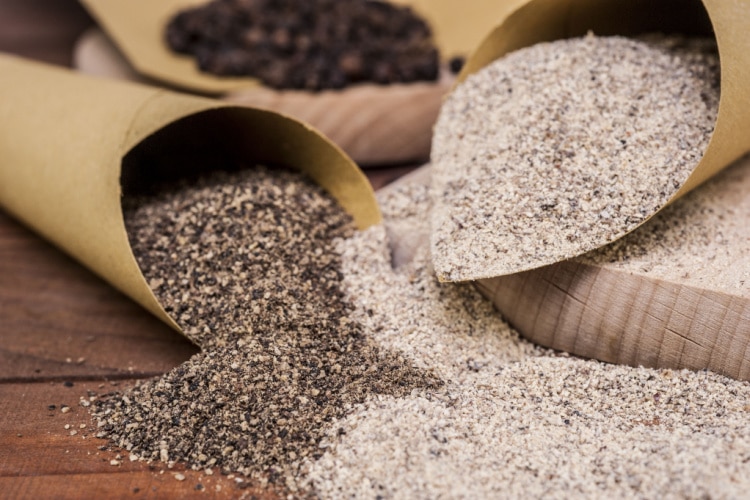
Meet black pepper and white pepper, the two most commonly used spices in the world.
Black pepper can be whole or ground. It has a harsh, spicy flavor that works well for flavoring meats and vegetables.
White pepper is less spicy and mostly used in white creamy sauces and soups. It can be hard to find it in grocery stores, but you can always purchase it online or in specialty spice shops.
Compared to black and white pepper, paprika is softer and sweeter. When adding black and white pepper to foods, start with a little and add more as needed.
Frequently Asked Questions
Is Paprika Spicy?
Not all paprika is spicy. Some varieties are hot and spicy with strong overtones of smoky hot peppers. Others, like the sweet Hungarian paprika, are sweet and have a mild flavor.
What Does Sweet Hungarian Paprika Taste Like?
As the name suggests, sweet paprika is often prepared from sweet, dry red peppers and has a moderately sweet flavor.
Are Paprika Spices Healthy?
Yes, paprika is rather nutritious. Peppers contain healthy compounds, such as vitamin A, capsaicin, and a type of antioxidants called carotenoids. These nutrients might help lower inflammation and improve your cholesterol, blood sugar, and eye health.
Is Cayenne Pepper Spicier Than Paprika?
Generally speaking, cayenne is hotter than paprika. Cayenne contains one type of pepper, so both the flavor and level of heat are constant. On the other hand, paprika peppers come in different varieties, each with a unique level of spiciness or sweetness.
Conclusion
Each paprika alternative on our list has a particular flavor that may complement a different recipe.
Basic paprika adds color and flavor to your dishes. Spanish paprika is widely known for its rich smoky flavor. Cayenne pepper and red pepper flakes are hotter, so they’re a good option if you like spicy food.
Garlic powder complements toast and bread, and it goes without saying that black and white pepper are essential ingredients in every recipe.
Since most of these alternatives are more potent than sweet Hungarian paprika, use them sparingly.





